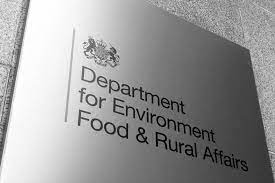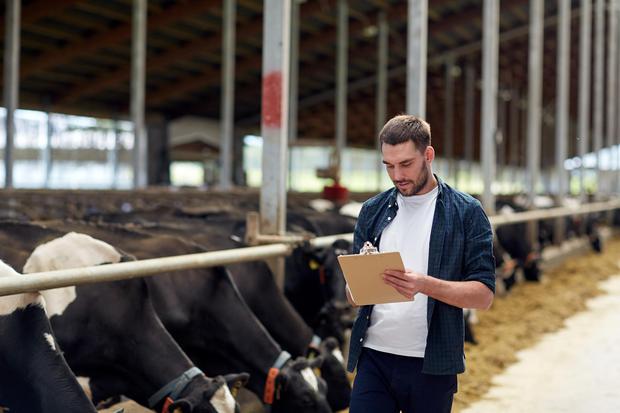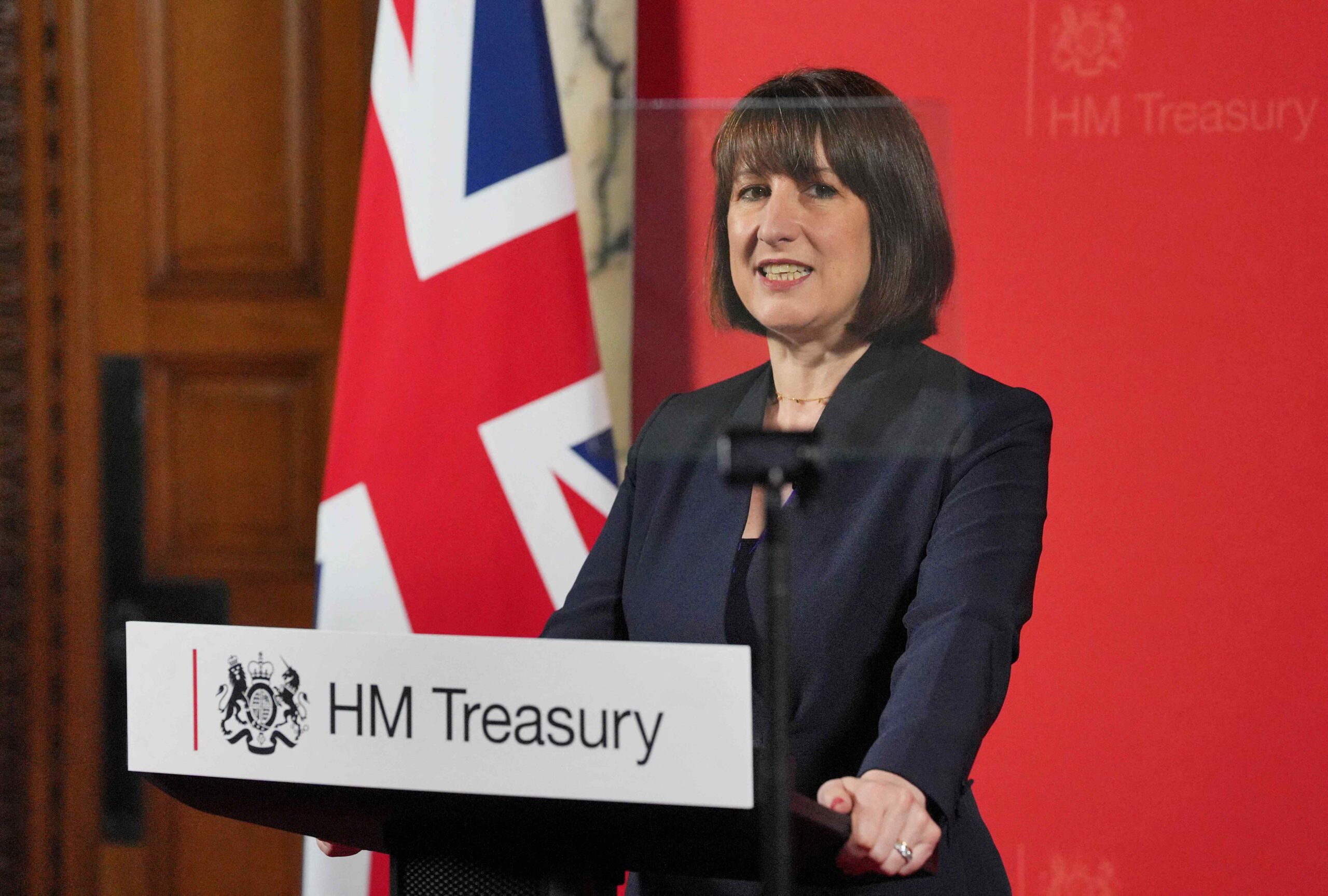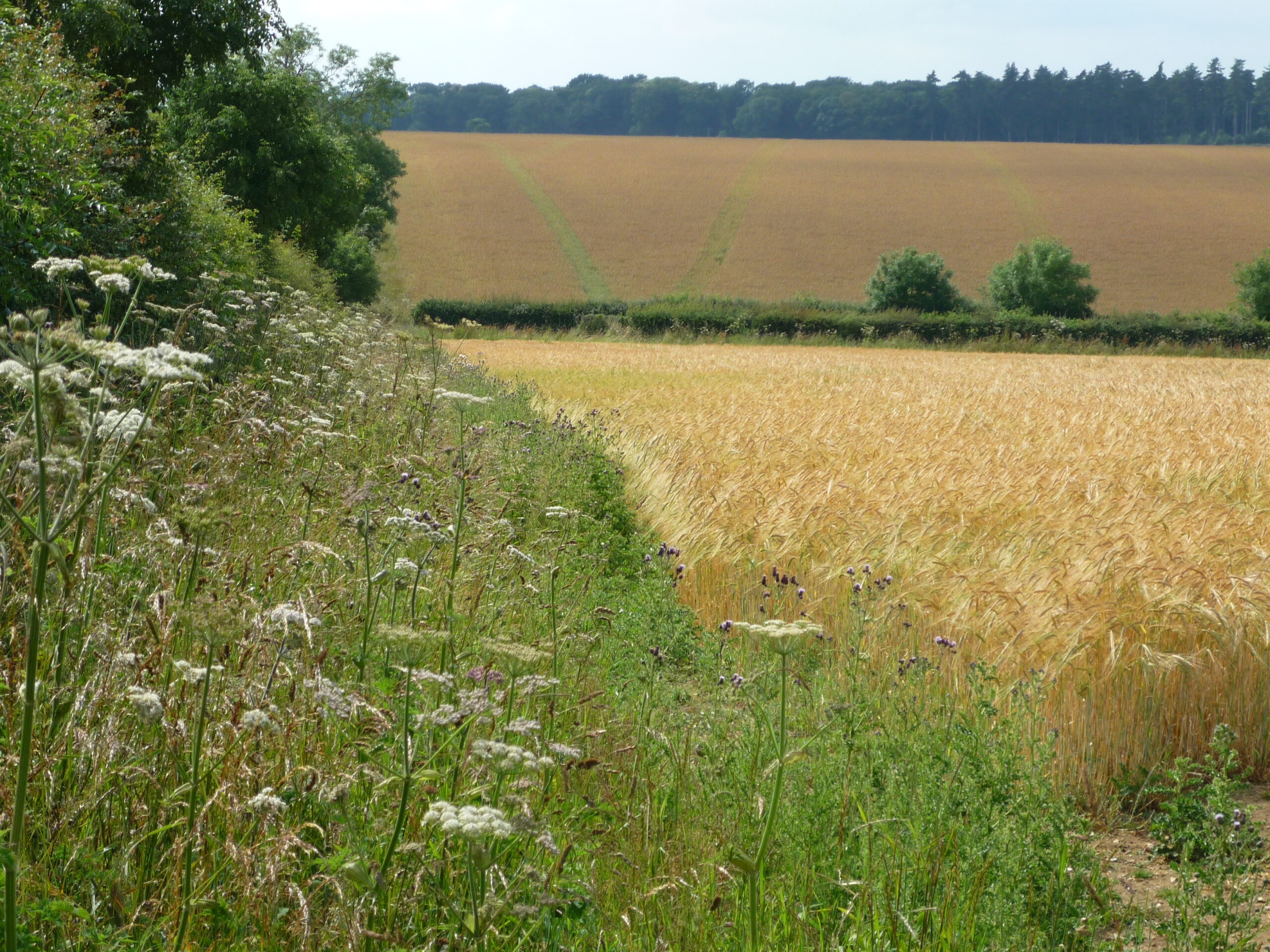At the time of writing, there was no indication of when the SFI 2024 would be open to all applicants. At present there is still a requirement, for those that wish to make an application, to fill out an expression-of-interest (https://defragroup.eu.qualtrics.com/jfe/form/SV_cSGsCBrA5Kim3H0). The Rural Payments Agency then invites people to make a full application. It is unclear how long the ‘waiting list’ is of those who have expressed an interest, but have yet been asked to submit a full application.
There are a number of teething issues with the application system – perhaps not surprising when their are 102 different options to try and integrate. The SFI is also being run on the RPA’s legacy computer systems. It might be supposed that these are perhaps not at the cutting edge of computer technology…. The SFI is unlikely to be opened fully (including to those who have not previously made a BPS claim) until these issues are resolved. We have received no indication of when this might be. We would guess at least a month if not longer.
A number of other questions are still to be answered. Earlier in the year further options under the SFI were promised. These include an education access option and further ‘endorsed’ options on wildlife, grass habitats, heritage, wood pasture, orchards, coastal habitats and waterbodies. There is no information as yet on when these might be launched. It is also unclear whether any extra SFI options will be made available in 2025. We would guess not, with the SFI 2024 being given a chance to ‘bed-in’ for a while – but this is not certain given previous scheme changes.
There is also the question of what is happening with Countryside Stewardship (CS). This is essentially now just a Higher-Tier scheme as the SFI has subsumed almost all Mid-Tier options. A new CS application process was promised in the second half of 2024 with year-round applications rather than just a one-off window. Things have gone rather quiet on this. Many farmers already in an existing Higher Tier agreement, or in an HLS agreement that is rolling-on, wish to enter the SFI but the system currently prevents this.
Hopefully, now new Ministers have their feet under the table, we will see some more announcements on these issues.










